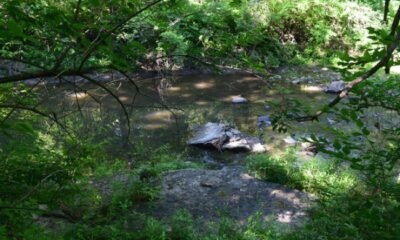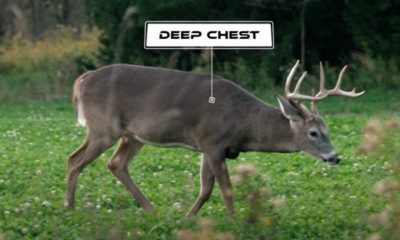Hunting
Why Hunting is the Only Way to Control Bear Populations
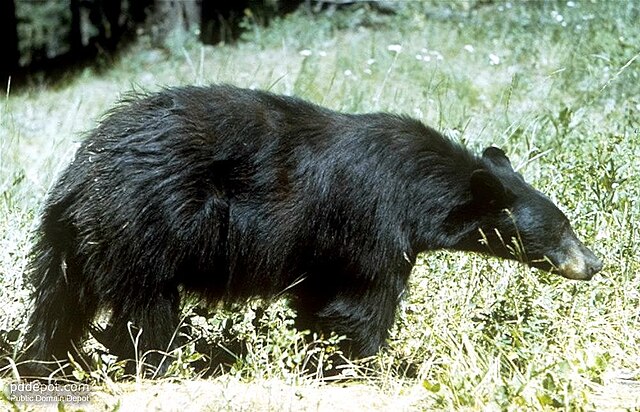
Editor’s Note: Today’s guest column comes to us from Maria Davidson, SCI Foundation Large Carnivore Program Manager.
Many states throughout the continental U.S. are seeing a rise in black bear populations. Population growth pushes bears into human-dominated areas that are unsuitable for wildlife, precipitating a comparable increase in dangerous conflicts with humans, pets, and livestock.
Undoubtedly, this warrants a wholesale reevaluation of population management strategies. Bears play an essential and unique place in our ecosystem, but they must be managed at a level coincident with human populations.
Only feasible tool
Regulated hunting is the only feasible tool for this aspect of wildlife management. While most U.S. states have implemented regulated bear seasons, some have not and should strongly consider this as an option.
The state of Louisiana recently approved its first black bear hunting season in 40 years, a move supported by the SCI Foundation. Maria Davidson, SCIF’s Large Carnivore Program Manager, has been instrumental in this decision, having previously worked for the Louisiana Wildlife and Fisheries Department on black bear recovery.
Florida and Connecticut, are among the states which have experienced unchecked expanding black bear numbers but have yet to establish hunts that would keep the populations within sustainable and desirable levels.
Proper bear management must strike a delicate balance. That balance could and should be determined through a process that takes into consideration the impact of bear populations on local residents, and their social tolerance of bear populations. The people most impacted by growing numbers of bears — who are most likely to interact with bears — should be given special consideration, and their opinions given special emphasis. The importance of hunting to that end is, at best, misunderstood by the public and, at worst, overruled by uninformed emotional pleas. Regulated bear hunting plays a pivotal role in maintaining ecological harmony and ensuring the safety of human communities.
Bears ideally live within geographic boundaries designated as suitable habitats by state wildlife management authorities. They thrive and contribute to the ecosystem like any other apex predator within these boundaries. As bear populations grow and reach saturation within these areas, however, their reproduction rates do not decline as drastically as other species.
The “extra” bears simply move out of the core areas and begin to occupy adjacent landscapes, sometimes quite far from their mothers’ home ranges. Black bears are known for their incredible mobility and agility, allowing them to venture far beyond their current habitat in search of food and territory.
Wrong environments
The bears’ needs and ability to move inevitably send them into human-dominant environments. These are fundamentally unsuitable habitats that put bears in close, even potentially dangerous, proximity to people. This situation is a recipe for conflict as bears will be bears, and humans will be humans. It is unrealistic to expect bears to avoid the temptation of easily accessible, high-calorie, human-generated food sources like trash, food scraps, or birdfeeders. The resulting conflicts are disruptive and pose a clear and present danger to humans.
It is equally unrealistic to expect an entire populace to bear-proof their homes and surroundings. And it would be like a Band-Aid on a wound that requires stitches. If a bear population remains unchecked, it will continue to produce offspring beyond what a suitable environment can sustain.
When comparing states with and without regulated bear hunting, the contrast is all too obvious. Florida has seen its growing bear population venture into Disney World, of all places, as well as play in the surf on a Destin, Florida beach.
The lack of hunting to control the bear population means the bears are, literally, expanding everywhere. Connecticut, with no hunting season, experiences an average of 870 annual human-bear conflicts. Neighboring Massachusetts, whose bear population is four times the size of Connecticut’s, experienced only 504 conflicts annually.
Forced to reopen
New Jersey Governor Phil Murphy, who is no friend to hunting, was forced to reopen a limited bear hunt to manage the expanding population in northwestern New Jersey. That population more than doubled between 2018 and 2022, resulting in a 237% increase in human-bear conflicts between 2021 and 2022.
That bear hunting helps reduce human-bear conflicts is not anecdotal. Wildlife and Natural Resources from Minnesota to Maryland continually stand firm on the same claims, that bear hunting is a critical aspect of proper management that keeps their populations in check and reduces conflicts with humans in a way the food chain is not capable of.
Ultimately, there are no other practical population management alternatives to hunting. For this reason, the wildlife authority of almost every state with a sizable bear population relies on a regulated hunt to control it. In the states that have not yet implemented a hunt, wildlife management authorities should be able to make recommendations without being silenced by misinformed anti-hunters or bureaucratic political administration.
Bear hunting is not merely a sport but a crucial component of wildlife management and responsible conservation. By preventing bear overpopulation and habitat expansion via hunting, state governments can minimize conflicts with human communities and the disruption of ecosystems without significant costs to taxpayers. It’s a win-win solution for bears and people alike.
-
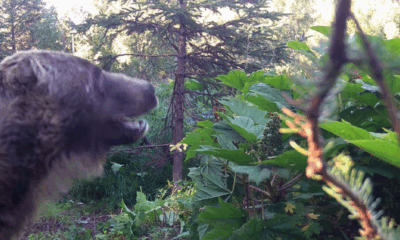
 Hiking & Climbing1 week ago
Hiking & Climbing1 week agoWhen Bears Bring the Drama: A Tail—or Should I Say “Tale”?
-

 Adventure1 month ago
Adventure1 month agoREACTION: Trump’s Make America Beautiful Again Agenda
-

 Gear2 months ago
Gear2 months agoLet Freedom RING! Primary Arms’ Independence Day Category Sale Starts NOW
-

 Adventure2 months ago
Adventure2 months agoU.S. Bighorn Sheep Going Home to Canada
-

 Fishing4 weeks ago
Fishing4 weeks agoMy Wacky Bush Brings All the Bass to the Yard
-
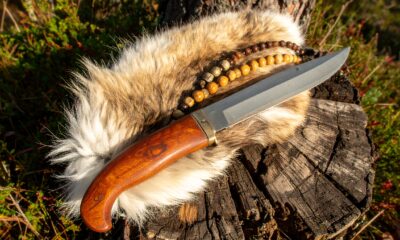
 Camping & Survival1 day ago
Camping & Survival1 day agoField Dressing 101: Knowing When It’s Their Turn
-
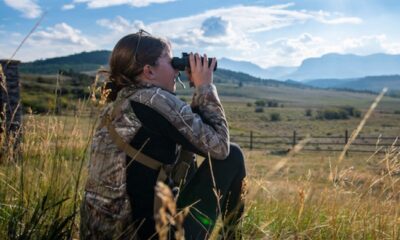
 Adventure3 weeks ago
Adventure3 weeks agoNo Ivy Required: University of Montana’s New Center for Hunting and Conservation

